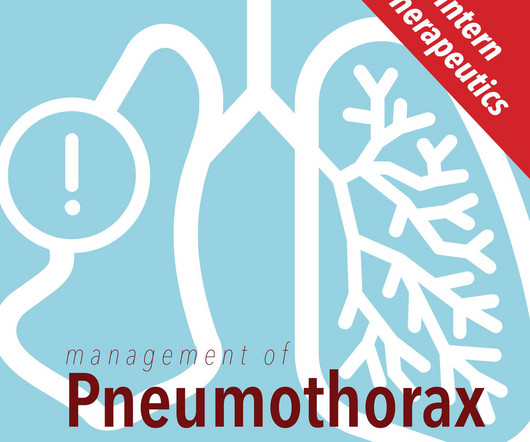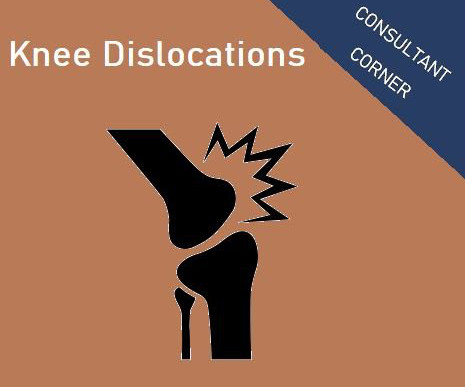Neurogenic Shock in Children
Pediatric EM Morsels
SEPTEMBER 22, 2023
” Children compensate for blood and volume loss very well… until they don’t. Most commonly caused by fracture or dislocation of vertebrae. While we may allow permissive hypotension in damage control resuscitation of hemorrhagic shock, in neurogenic shock you should maintain an age-appropriate blood pressure.



















Let's personalize your content